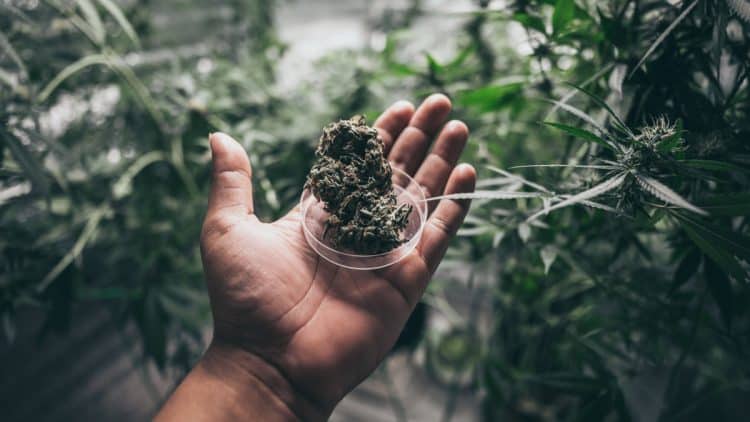The cannabis industry has seen a surge of innovation in recent years, particularly when it comes to extraction methods. One such development is the use of hydrodynamic extraction, a process that harnesses the power of water and ultrasonication to yield full-spectrum cannabis extracts. This technique introduces a unique approach to cannabinoid extraction, focusing on preserving the plant’s natural integrity. It also opens up possibilities for exploring novel ways to enhance the bioavailability of cannabis extraction products.
What is Hydrodynamic Extraction?
Hydrodynamic extraction is a relatively new technique within the cannabis industry. Its primary goal is to produce full-spectrum cannabis extracts with high bioavailability. The process involves freezing fresh plant material and converting it into a nano-emulsion in water using ultrasonication. This step helps preserve volatile compounds and acidic cannabinoids. The ultrasonication process generates microscopic bubbles that implode, facilitating the release of cannabinoids and other compounds from the plant material. The freezing process also plays an important role in maintaining the stability of the cannabinoids, preventing degradation during extraction.
Following this, hydrodynamic force is applied to break the cell walls and release its contents. The released contents then undergo liquid-liquid extraction using solvents, followed by centrifugal separation and low-temperature drying. This unique system has been developed to enhance final yields and increase the overall product potency. [1]
Pros of Hydrodynamic Extraction
Hydrodynamic extraction offers several advantages over conventional methods. Firstly, the use of low temperatures throughout the process helps to preserve the delicate, volatile compounds found in cannabis. In addition to that, short contact distillation reduces the risk of thermal degradation, which can lead to loss of potency and flavor in the final product. This method requires less organic solvent compared to other technioques, making it more environmentally friendly. The reduced solvent use not only makes the process greener, but also reduces the risk of residual solvents remaining in the final product, improving product safety.
The reported high yield and increased potency make this method a potentially cost-effective solution for large-scale production. The high yield equates to more product from the same amount of starting material, possibly reducing overall production costs. [1]
Cons of Hydrodynamic Extraction
Despite its promise, hydrodynamic extraction is not without its potential drawbacks. The main concern lies in the lack of scientific research exploring this method of extraction. While early accounts are positive, more detailed studies are necessary to fully understand the efficacy and potential limitations of this extraction method. This gap in the research means there is still much to learn about the parameters that optimize the extraction process and the potential impact on different cannabinoid profiles.
The initial investment in equipment and training for hydrodynamic extraction might be higher than traditional methods. However, considering the potential benefits, it could prove to be a worthwhile investment over time. It’s important to consider this in the context of long-term operational costs and the potential increase in product quality and yield. [1]
Why Consider The Hydrodynamic Method?
With the cannabis industry’s continued rapid growth, having a competitive edge can make all the difference. Hydrodynamic extraction could provide this advantage, offering a unique combination of high yield, increased potency, and environmental sustainability. The method’s focus on maximizing bioavailability could also lead to more effective cannabis extract products, meeting consumer demand for high-quality and high potency.
While more research is needed to validate these claims, the potential benefits are undeniably appealing. As the industry continues to evolve, hydrodynamic extraction could very well become a standard in cannabis processing, offering a cleaner, more efficient method of extraction that aligns with the industry’s push toward sustainability and innovation. The technique’s ability to preserve cannabinoids and terpenes could result in products with enhanced flavor and aroma profiles, adding another layer of appeal for consumers.
Overall, hydrodynamic extraction represents a promising frontier in cannabis extraction technology. Its potential for high yields, increased potency, and sustainable practices makes it an exciting prospect for scientists, researchers, and extraction business owners alike. By embracing this innovative process, businesses can position themselves at the forefront of cannabis extraction technology, paving the way for a greener and more potent future in cannabis production.
References:
- Masoumeh, PL, et al. Processing and extraction methods of medicinal cannabis: A narrative review. Journal of Cannabis Research. 2021; 3: 32. https://www.ncbi.nlm.nih.gov/pmc/articles/PMC8290527/ Times Cited by: 15 Journal Impact Factor: 3.7











